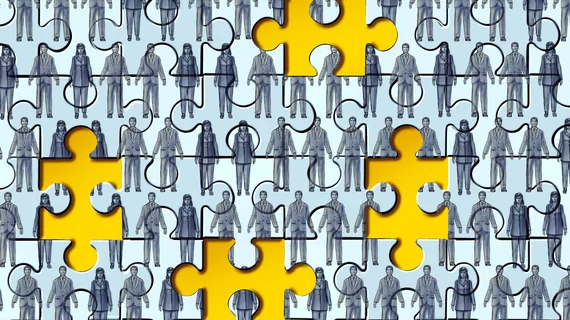Center for Devices and Radiological Health hit with federal job cuts
The U.S. Food and Drug Administration’s Center for Devices and Radiological Health (CDRH) was among the divisions impacted by the Trump administration’s latest round of federal cuts.
Over Valentine's Day weekend, thousands of employees at key health agencies, including the Centers for Disease Control and Prevention (CDC), National Institutes of Health (NIH) and the FDA, were told their positions were being eliminated. Among them were at least 200 employees of the CDRH, according to sources close to the matter.
The CDRH regulates medical devices and radiation-emitting products, such as computed tomography, X-ray and other imaging equipment. Artificial intelligence applications targeted at radiology also fall under the umbrella of the CDRH. The department is responsible for ensuring the safety and efficacy of these devices and algorithms, and many of those who lost their jobs were involved in researching and reviewing devices in consideration for FDA approval.
Concerns about how the CDRH cuts could affect patient safety
Following the mass layoffs, deemed “the Valentine’s Day Massacre” by some, many in the field expressed concern with how the move could negatively impact patient care. In response, Scott Whitaker, president and CEO of AdvaMed—the world’s largest medical technology association—penned a letter to the Department of Health and Human Services outlining his worries. He shared the letter in a LinkedIn post on Wednesday.
“We understand and support the administration’s overall goal to be more efficient with the taxpayer dollar. Our concern is that this round of cuts to FDA staff runs counter to that shared goal,” he wrote. “Device review times were already too long, though they were improving as the result of our latest user-fee agreement. FDA was already struggling to keep pace with our industry’s tens of thousands of new medical technology applications every year, all of which are intended to improve the lives of patients in this country.”
MRI safety expert Tobias Gilk, MR architect and founder of Gilk Radiology Consultants, also shared his apprehension for how the cuts will affect patient safety. Gilk is concerned that the dismissals will “negatively rock MRI safety.”
“For the last several years it has been pretty standard for new implants and devices brought to market to have testing and labeling for MRI safety. It didn't used to be that way... It used to be that the majority of new devices could come to market and say nothing about their safety in MRI,” Gilk wrote on LinkedIn. “The very positive current condition with the widespread proliferation of MR Conditional labels is because of an administrative practice at the FDA ... a practice that has significantly increased patient access to MRI and improved the safety of patient imaging!”
Layoffs could shake up AI landscape
There also is the matter of how the layoffs could affect artificial intelligence-related medical applications. Over the last two years, more than 1,000 medical AI algorithms have been approved by the FDA. Two-thirds of those approvals were for applications tailored to radiology.
What's more, the regulatory landscape of AI in radiology was just beginning to take shape prior to the cuts. Many industry experts, including Scott Whitaker, have cautioned that the loss of vital employees could bring progress to a halt.
“Eliminating FDA’s recent critical new hires in the AI space will dramatically slow review times and require reassigning non-experts already at FDA to review these technologies who will inevitably make slower and potentially inappropriately conservative decisions,” he cautioned.
The majority of the layoffs affected employees who were still within their probationary period and had fewer staff protections. Termination letters to staff indicate an effective date of March 14.

